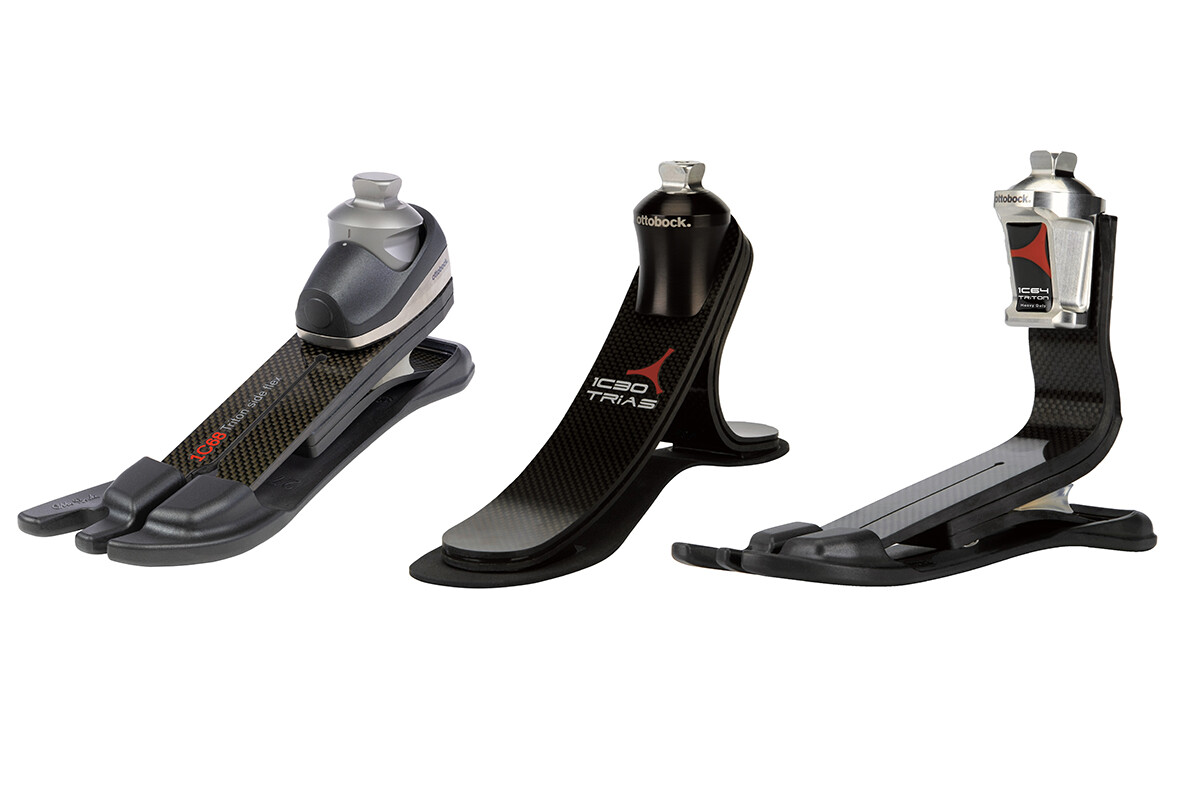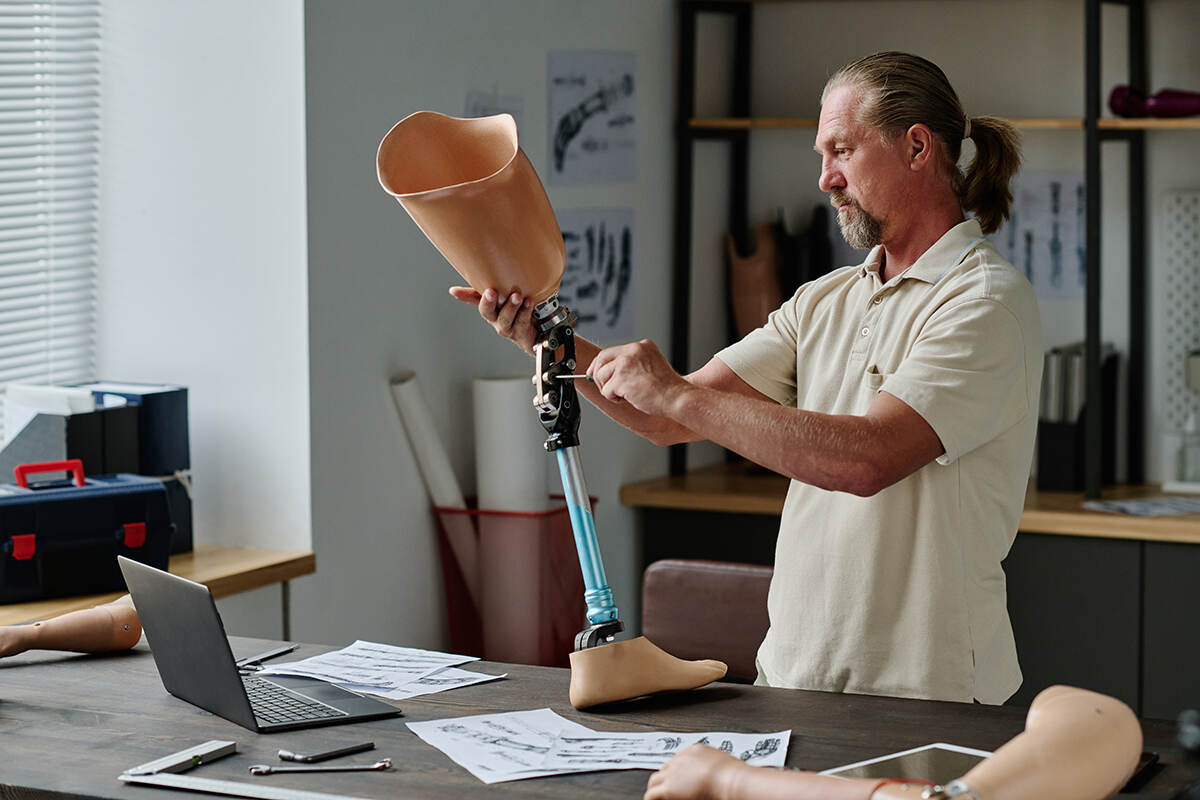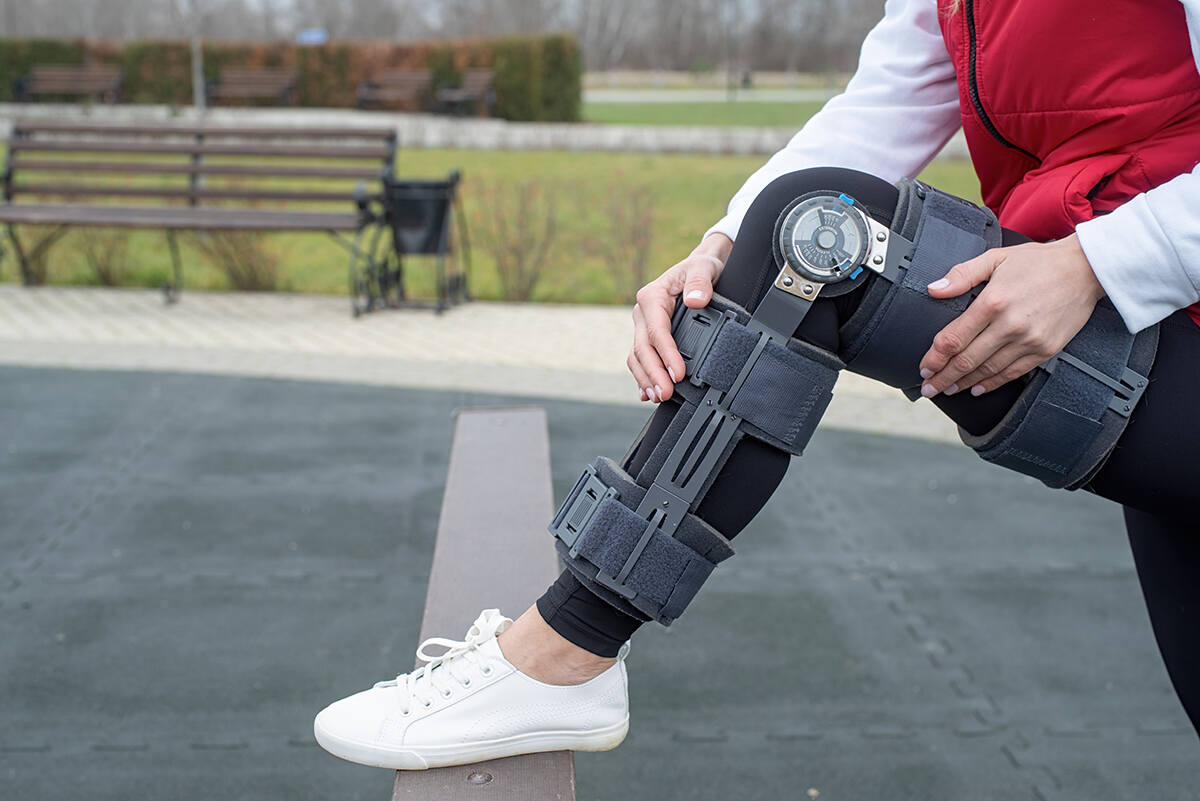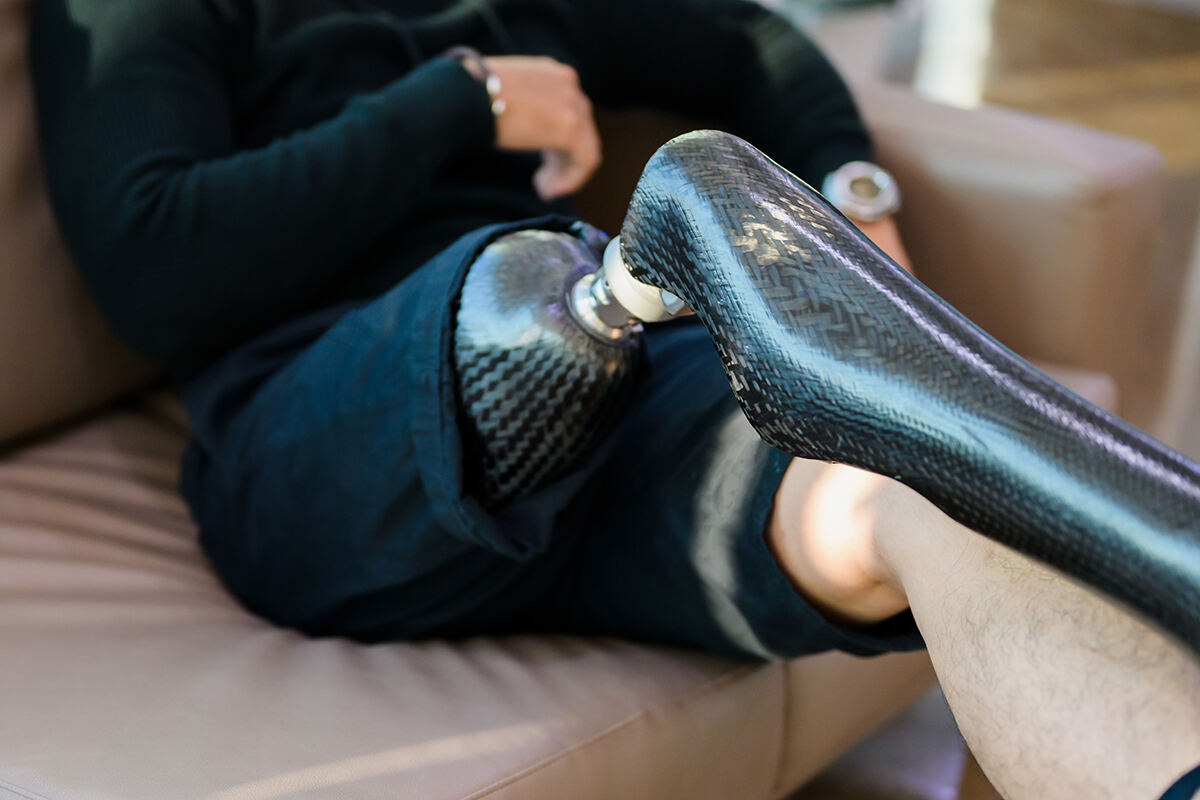For voices silenced by laryngectomy, a tracheoesophageal voice prosthesis presents a means to speak again. This device, a valve connecting the windpipe to the food pipe, enables air to be converted into sound for speech. In this article, you’ll gain insights into its functioning, various types, maintenance, and advancements, enhancing voice restoration for patients.
Key Takeaways
- Tracheoesophageal voice prosthesis facilitates speech in laryngectomy patients by directing airflow from the trachea to the esophagus to produce sound, offering intelligible and natural-sounding speech through a surgically implanted valve.
- Maintenance and care are crucial for the function and longevity of tracheoesophageal voice prostheses, with patients typically needing to clean the device daily to prevent infections and manage potential leakage issues.
- Advancements in tracheoesophageal voice prosthesis technology such as hands-free devices and improvements in aerodynamics have significantly enhanced voice quality, patient satisfaction, and overall quality of life post-laryngectomy.
Exploring Tracheoesophageal Voice Prosthesis
Tracheoesophageal voice prosthesis revisited, a revolutionary communication method, involves the use of a surgically implanted one-way valve to enable airflow between the trachea and the esophagus. This ingenious solution establishes a passage for air to travel from the lungs to the esophagus, causing the upper part of the esophagus to vibrate and produce sound for speech.
Voice prosthesis, especially the second generation voice prosthesis, brings a multitude of advantages to laryngectomy patients. It offers the ability to:
- produce a highly intelligible, fluent, and natural-sounding voice, potentially even hands-free
- deliver superior voice quality and intelligibility
- significantly enhance the patient’s communication and social interaction.
The Mechanics of Sound Production with TEP
The engineering marvel that is the mechanics of sound production with a tracheoesophageal voice prosthesis, is worth highlighting. The prosthesis functions by:
- Establishing a passage for air to travel from the lungs to the esophagus.
- This airflow causes the upper esophagus to vibrate.
- Producing sound that can be articulated into speech.
The esophagus plays a vital role in this process, facilitating the passage of air from the trachea, leading to vibration and sound generation. The tracheoesophageal puncture surgery, often accompanied by a secondary tracheoesophageal puncture prosthesis, ensures a smooth conduit for the passage of air, enabling speech production via the vibration of the upper portion of the esophagus. The prosthesis doesn’t just facilitate voiced speech but also aids in producing unvoiced speech components by enabling the release of pulmonary air through the esophagus.
Types of Tracheoesophageal Voice Prostheses
Available in various forms, head neck tracheoesophageal voice prostheses primarily include patient-inserted non indwelling voice prosthesis and clinician-inserted devices, typically used post neck surgeries such as laryngectomy. Indwelling voice prostheses, for instance, are professionally inserted and cannot be self-removed or altered by the patient.
While indwelling prostheses offer benefits like increased patient autonomy and effective operation for extended periods, they also come with potential risks associated with self-insertion and a shorter lifespan in comparison to non-indwelling prostheses.
Patient-managed voice prostheses, on the other hand, deliver natural-sounding voice quality, ease of use, and the option to speak hands-free with special attachments. However, these require ongoing care and maintenance, as the patient needs to clean and care for the prosthesis.
The Procedure: Inserting a Voice Prosthesis
The procedure for inserting a voice prosthesis, whether during or after a laryngectomy surgery, involves a precise and meticulous process. During the surgery, a tracheoesophageal voice prosthesis is inserted via a puncture made into the posterior part of the trachea, leading into the esophagus behind it. A speech language pathologist may be involved in the rehabilitation process to aid the patient in adapting to the new voice prosthesis.
The insertion of a Provox voice prosthesis after a laryngectomy involves:
- Puncturing through the posterior tracheal wall under endoscopic visualization
- Placing sterile saline
- Usually performing the procedure three to six months after the laryngectomy
This procedure is typically completed in less than an hour within a medical practitioner’s office. The recovery phase entails ongoing upkeep, sanitation, and renewal of the voice prosthesis to uphold voice clarity and avert liquid seepage.
Caring for Your Voice Prosthesis
Optimal performance of your voice prosthesis hinges on proper maintenance. It is important to clean it as needed throughout the day, particularly when there is significant mucous production. A minimum of two daily cleanings using a brush and a flush are advised to prevent infections and uphold device hygiene.
Leakage in a tracheoesophageal voice prosthesis can occur due to various reasons. If leakage through the prosthesis is observed, it’s important to ensure thorough cleaning. If leaking occurs around the prosthesis, it is recommended to check for the presence of dry mucus, food particles, or hair that might prevent complete closure.
Preventing and Managing Prosthesis Leakage
The performance and longevity of a tracheoesophageal voice prosthesis may be adversely impacted by prosthesis leakage. It can result in:
- a diminished device lifespan
- repeated tracheoesophageal granulomas
- subpar vocal performance
- device malfunction
- biofilm formation
- ingestion of swallowed substances
- discomfort due to leakage around the prosthesis for the patient.
Recognizing the signs of prosthesis leakage is crucial for effective management. These signs encompass:
- TEP tract dilation
- Inability to retain the prosthesis
- Aspiration of liquids, foods, and saliva
- Displacement of the prosthesis
- Complications arising from the prosthesis being too short.
Prosthesis Lifetime: When to Replace Your Device
Maintaining the quality of your speech relies on understanding when to replace your voice prosthesis. Indications that a tracheoesophageal voice prosthesis requires replacement include a deterioration in voice quality and leakage of fluid, which may lead to voice prosthesis failure.
Factors such as prosthesis dislodgement, hypertrophic scarring, and infection can contribute to a reduced lifespan of a tracheoesophageal voice prosthesis. However, the use of Heat and Moisture Exchangers (HME) has been demonstrated to potentially prolong the lifespan of the prosthesis. Regular use can have a substantial impact on the lifetime of a tracheoesophageal voice prosthesis, with the average device life varying from 2 months to 16 months.
The neck surgery replacement procedure is usually uncomplicated, non-invasive, and can be performed in a physician’s office in approximately one hour.
Advancements in Tracheoesophageal Voice Prosthesis
New advancements and innovations are continually driving evolution in the field of tracheoesophageal voice prosthesis. Hands-free solutions and improved aerodynamics have significantly contributed to enhancing the functionality of tracheoesophageal voice prosthesis.
The significance of aerodynamics in the advancement of tracheoesophageal voice prosthesis cannot be overstated. It helps to ascertain the aerodynamic attributes of voice production and enhance the intelligibility, fluency, and naturalness of the resulting voice. Recent developments in tracheoesophageal voice prosthesis encompass enhancements in design and refined surgical techniques, resulting in improved treatment outcomes and decreased complications.
Hands-Free Solutions and Improved Aerodynamics
New advancements such as Syrinx, an artificial electrolarynx that operates hands-free using electrical signals to generate speech, and SpeakFree™, an HME valve designed for individuals with a tracheoesophageal puncture and voice prosthesis, have revolutionized the field of tracheoesophageal voice prosthesis. These hands-free voice prostheses empower patients to attain a natural and high-quality voice, providing convenience. They enable patients to speak without the need to manually cover the stoma, due to the presence of special attachments.
Significant improvements in voice and speech quality, largely owing to advancements in aerodynamics, play a critical role in successful rehabilitation and enhancing the overall user experience.
Clinical Evaluation of New Prostheses
New tracheoesophageal voice prostheses have been the subject of recent studies and trials, with focus on:
- Evaluating the quality of life and patient satisfaction with tracheoesophageal speech using vocal prostheses
- Assessing safety and efficacy through the comparison of various types of prostheses
- Considering factors such as prosthesis lifespan, voice quality, and patient preference
Acoustic evaluation, patient-rated assessments, and clinician-rated assessments are used to assess the voice quality of new voice prostheses. The clinical assessment encompasses the precise insertion and ongoing upkeep of the new prosthesis, with potential complications involving detached brush tips, leakage, torn esophageal flange, complications from the tracheoesophageal fistula, dislodgement of the prosthesis, hypertrophic scarring, and infection.
Alternative Speech Solutions Post-Laryngectomy
Alternative speech solutions for post-laryngectomy patients extend beyond tracheoesophageal voice prostheses. Esophageal speech and artificial larynx devices offer different ways for patients to regain their ability to communicate effectively.
Esophageal Speech: Learning to Speak Without a Prosthesis
Esophageal speech is a method that uses the body’s inherent tissues as the replacement voice mechanism. It involves the intake of small quantities of air into the esophagus through swallowing, and subsequently expelling it to generate speech.
Esophageal speech can be taught through vocal rehabilitation programs. Acquiring proficiency in this technique requires a substantial time investment, often up to 6 months, with a success rate of approximately 78%.
Artificial Larynx: The Role of Electronic Devices
An artificial larynx, also known as a voice box, or electrolarynx, is a battery-powered apparatus that generates vibrations that are transmitted through the skin to the throat. The user can articulate these vibrations into spoken words.
The primary benefits of using an artificial larynx include the capacity to preserve natural speech nuances. It is a non-surgical approach that is relatively quick and easy for laryngectomy patients to learn. However, potential challenges include the financial implications of acquiring and upkeeping the device, the mechanical quality of the voice it generates, patient-perceived vocal limitations, as well as potential complications like prosthetic leakage, aspiration, granulation tissue formation, and the risk of unsuccessful speech outcomes.
The Role of the Speech Pathologist in Voice Rehabilitation
Guiding laryngectomy patients through voice rehabilitation and prosthesis maintenance is a pivotal role played by speech pathologists. They aid individuals in regaining their voices and enhancing their quality of life using advanced diagnostic methods and treatments.
Apart from providing intervention and therapy throughout the entire laryngectomy pathway, they also provide training to patients on the use and maintenance of the fistula and prosthesis, including instruction on removal and cleaning procedures.
Summary
In conclusion, tracheoesophageal voice prosthesis serves as a transformative solution for laryngectomy patients, enabling them to regain their ability to communicate effectively. With continuous advancements in the field, coupled with the invaluable support of speech pathologists, patients can look forward to improving their speech and enhancing their quality of life post-surgery.
Frequently Asked Questions
Can you eat with a TEP?
Yes, you can eat with a TEP, but you may need to be mindful of the TEP’s condition over time and consider techniques like eating solid food first to prevent leakage.
What are the complications of tracheoesophageal fistula voice prosthesis?
Complications of tracheoesophageal fistula voice prosthesis include early issues like bleeding, pain, stricture, and abscess formation, as well as late problems like enlargement of the puncture site and prosthesis displacement or leakage.
What are the different types of tracheoesophageal prosthesis?
There are two types of voice prosthesis: an indwelling one installed and changed by a professional, and a patient-changed one, with the indwelling prosthesis generally lasting longer.
What should you do if you cannot see the tracheoesophageal voice prosthesis within the puncture?
If you cannot see the tracheoesophageal voice prosthesis within the puncture, you should go to the Emergency Room for a chest X-ray to determine its location and potential removal if it’s in the lungs.
What is a TEP voice prosthesis?
A TEP voice prosthesis is a one-way valve that allows airflow between the trachea and the esophagus after laryngectomy surgery, providing a method for communication.











Leave a Reply
You must be logged in to post a comment.